2019 was an exciting year of new photographic opportunities, both abroad and at home, exploring some wonderful places. I ticked off some bucket list items as well as returned to places where I hadn’t been for many a long year.
The following photos, whilst not necessarily the most perfect from a technical standpoint, illustrate the variety and enjoyment I’ve received from this creative pursuit over the past 12 months. Enjoy, and looking forward to all that 2020 will have to offer!!
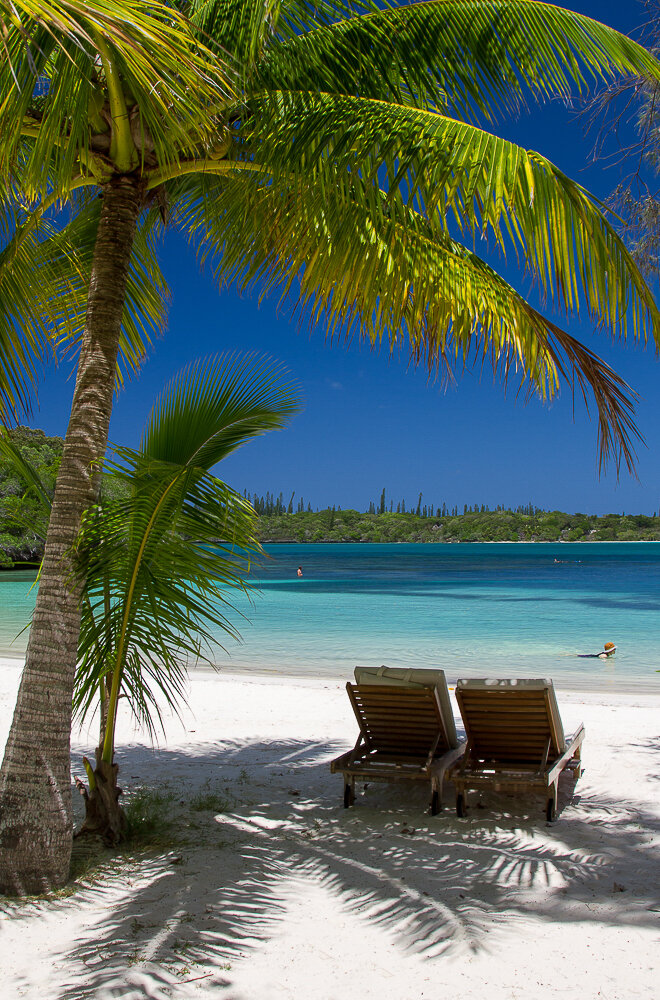
A Place to Relax - Isle of Pines, New Caledonia
Spent an enjoyable week in New Caledonia and whilst there visited the Isle of Pines, an exceptionally beautiful location with white sandy beaches and lagoons of clear blue water. Just had to take something of an iconic shot.

Coral Reef & Atoll - Amidee Lighthouse, New Caledonia
Another from the New Caledonia Trip - this little atoll has amazing snorkeling and swimming as well as the iconic lighthouse from where this photo was taken. Somewhat iconic - but hey, gotta be done sometimes! :)
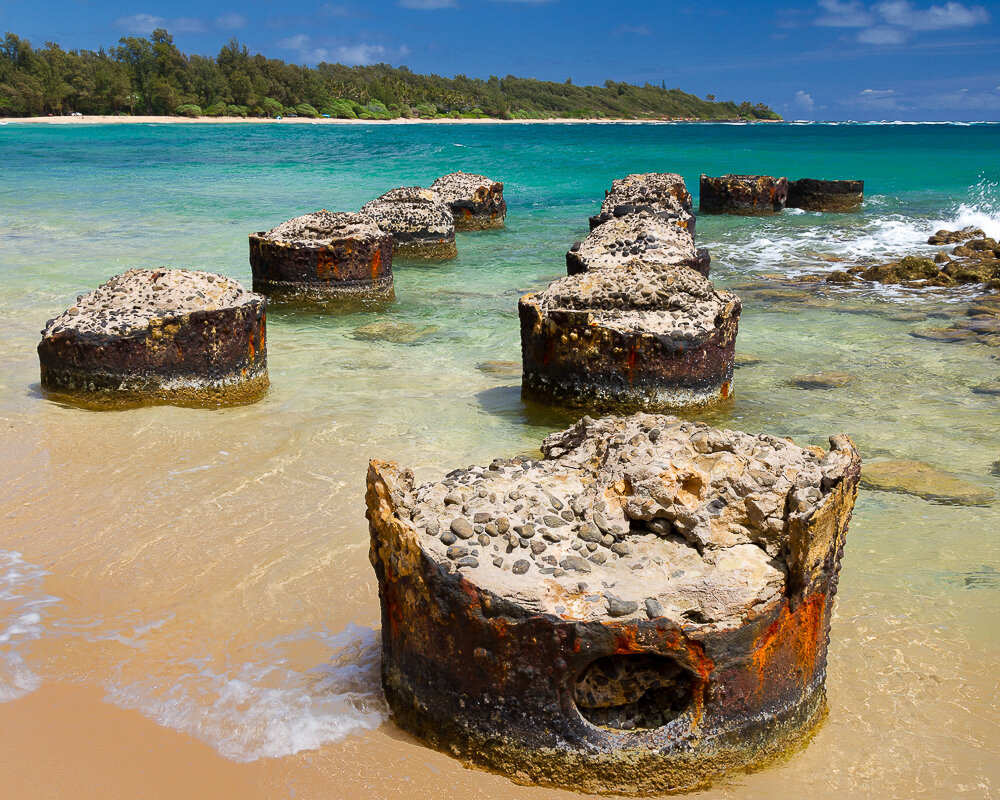
Ruined Jetty - Kauai, Hawaii
Just loved the contrast here of the old jetty foundations against the brilliant blue of the bay and the gentle lapping of water around the old foundations.

Ancient Lands 1 - Napali Coast (Kauai, Hawaii)
This coastline is vast and rugged with amazing cliffs which then plunge into deep coastal valleys. The contrasts here in this tropical island are amazing. Also loved the way the light was playing on the cliff face as the clouds went by.

Ancient Lands 2 - Waimea Canyon (Kauai, Hawaii)
This canyon is truly prehistoric and I just loved the variation between rocky outcrop and deep lush jungle growth.

Ancient Lands 3 - Trees (Kauai, Hawaii)
I was wowed by the trees in the mid-ground of this photo, their shape and look against the tall cliffs behind. Gave me a real sense of prehistoric jungles.

Mountaintop Observatory - Mauna Kea, Hawaii
This was a bucket list location of a lifetime. I’ve always been an avid astronomer and to finally be on top of Mauna Kea, at 4,207m (13,803 ft) above sea level, was amazing and fulfilling. Love the sun star and the three main domes across the middle of the frame
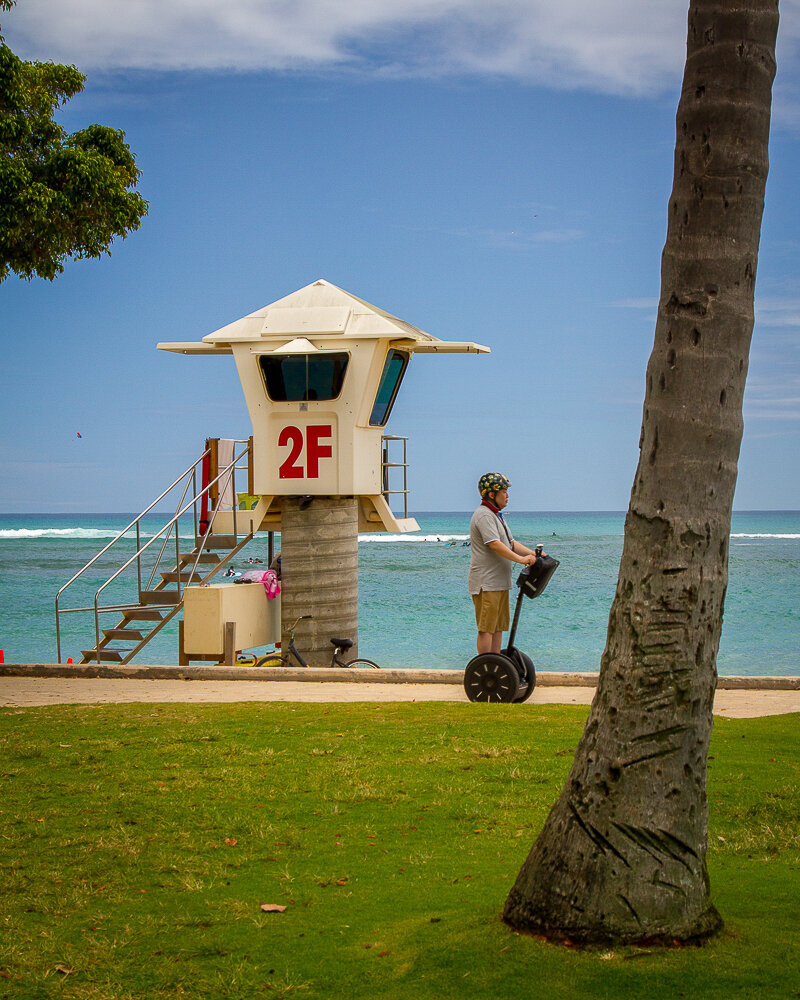
Getting around Waikiki - Hawaii
This one is simply about the composition. Enjoyed the challenge and patience of waiting for the right moment when someone on a Segway rode through the shot and I could capture them at this spot.
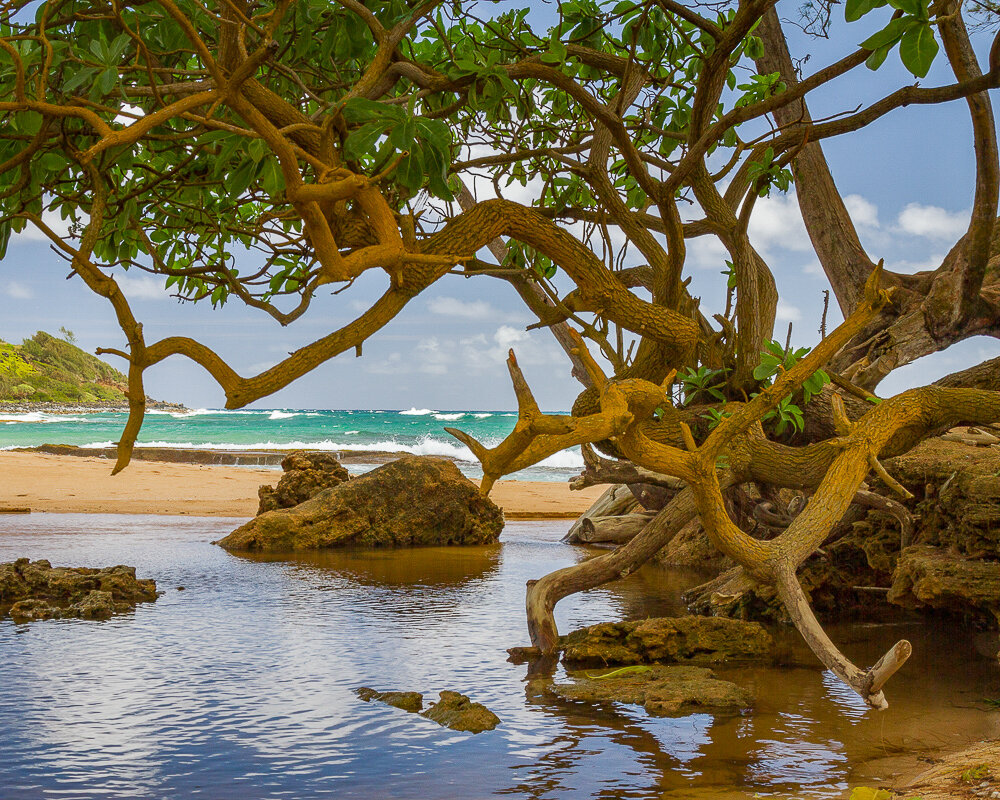
Twisted Trees - Kauai, Hawaii
This tree was fascinating with its limbs going everywhere as if reaching out to swallow up some kind of prey.

Byodo-In Temple - Oahu, Hawaii
Part of our Island Tour, we went to the Byodo-In Temple which is located at the foot of the Ko'olau Mountains in Valley of the Temples Memorial Park. It was established on June 7, 1968, to commemorate the 100 year anniversary of the first Japanese immigrants to Hawaii. The Byodo-In Temple in O'ahu is a smaller-scale replica of the over 950-year-old Byodo-in Temple, a United Nations World Heritage Site in Uji, Japan.
Thought I captured it nicely
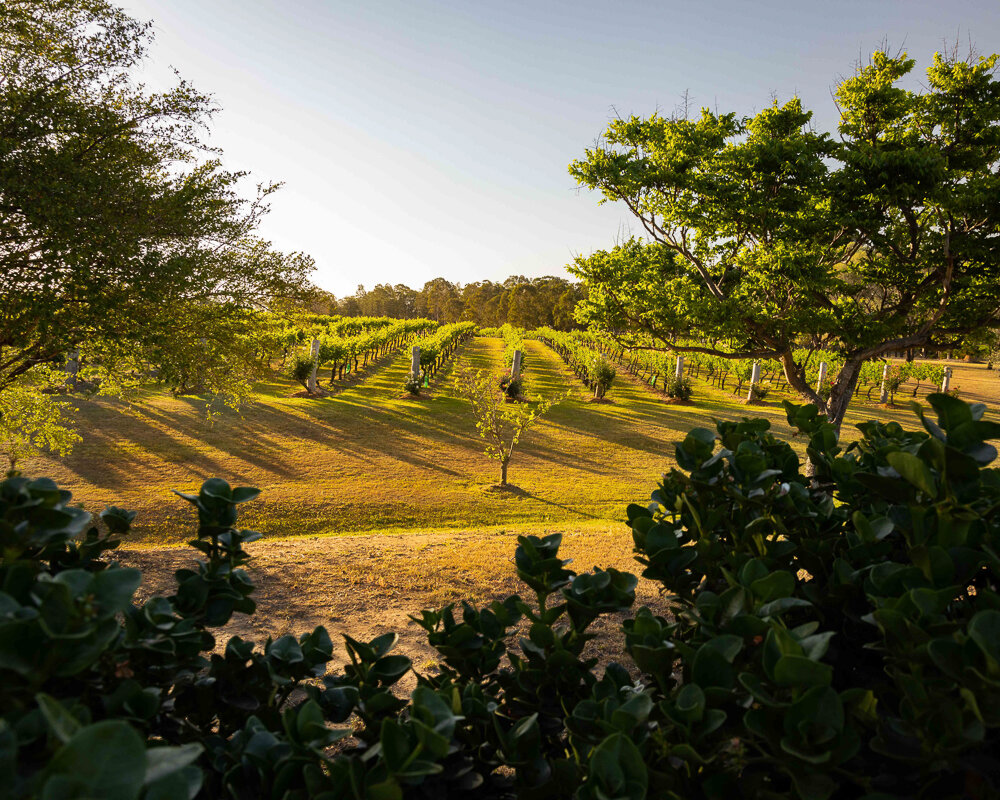
Window on the Vines - Hunter Valley, NSW
I loved the framing of this shot with the trees on either side and below giving a window like feature to the tree and vines beyond. The afternoon colour was quite peaceful and calm.
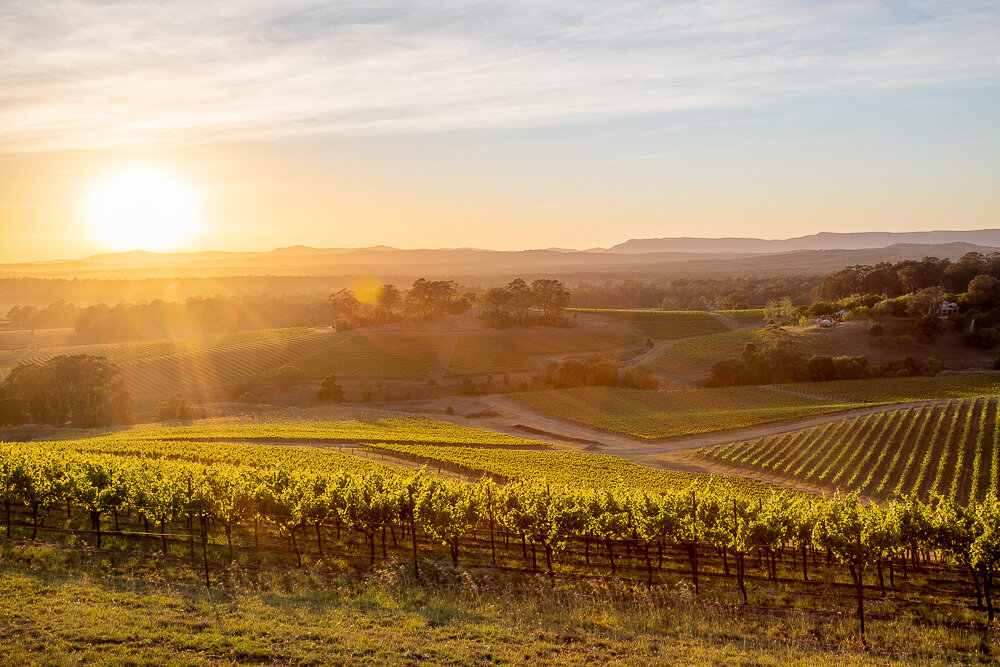
Sunrise over the Vines - Hunter Valley
Capturing sunrise can be difficult - primarily the getting up :). So was wonderfully pleased to capture this view which took some planning, patience and a bit of luck, especially with the smoke haze which had dogged me on each of the prior two mornings.

Palm Frond - Shoal Bay, NSW
This one is all about the detail. With all the smoke was struggling to capture much during my time at Shoal Bay. Was interested in experimenting with B&W as well as creating detailed images of various plant life in the area. Loved the perfection and detail found in this palm frond.
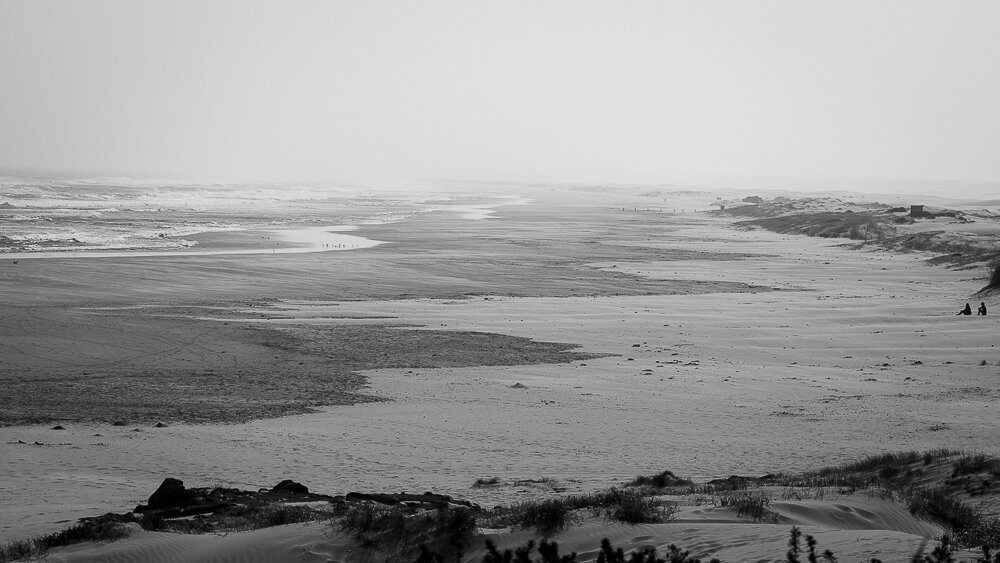
Sands of Time - Birubi Beach, NSW
In the middle of the fire emergency during November. It seemed surreal - where was I - Australia or some other country in a desert and smoke swept part of the world. There was very little colour and the sky was white with smoke. Sand went for miles. Just capturing, I hope, the feel of the afternoon.
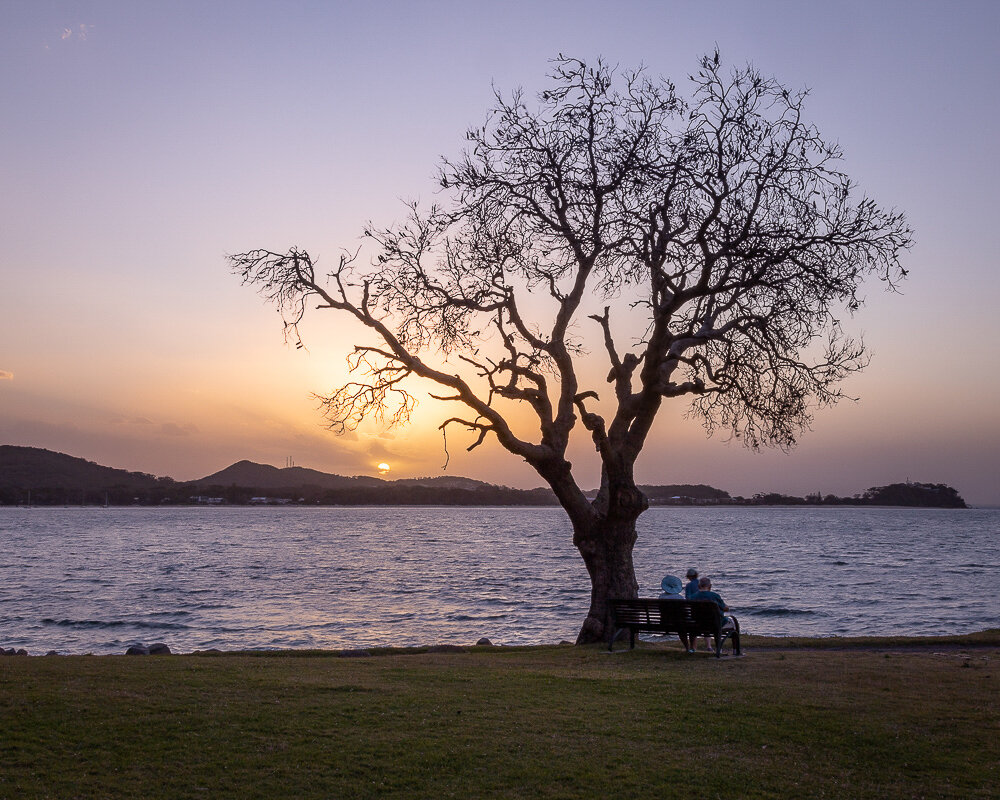
Tree at Sunset - Shoal Bay, NSW
Just loved the simplicity of this scene. A small family group sitting under a tree and watching the sun set through smoke haze. Peaceful and calm, yet surreal in a way too when the sun ought still to have been bright and yellow. The old tree connects well with the smoke haze in the distance.

Sydney City Skyline - Woolwhich Point, NSW
Whilst not an exceptionally difficult shot this one makes the cut due to the planning. I’d been at home and realised an awesome sunset was likely. Grabbed the camera, checked out my photo apps and decided to head for Woolwhich. I wasn’t dissapointed. :) Also nice to try some long exposure photography to smooth out the water.









